
- Share this page
Share this page
- EN
Select Language
- FAVORITES
- Search
Detailed search: You can do a detailed search by keyword, genre, time, area and tag.
Main content starts here.
- Visit Tokyo |
- EXPERIENCES |
- Best things to do in Tokyo tailored to your preferences |
- Top tourist attractions in Tokyo: the best sightseeing spots |
- Japanese Baseball in Tokyo: Watching and Practicing a Whole New Ball Game
added on : August 25, 2025
Japanese Baseball in Tokyo: Watching and Practicing a Whole New Ball Game
Tokyo Dome, Jingu Stadium, Shinjuku Batting Center
Your current location:
東京都心部|東京西部
新宿|東京ドームとその周辺|青山&表参道
With more Japanese baseball players like Shohei Ohtani hitting the international stage, Japanese baseball is attracting more attention than ever. The uniquely Japanese cheering styles, stadium food, and lighting choreography allow even beginners to enjoy this high-quality form of entertainment. Here in Japan, baseball is more than just a sport—it’s a part of daily life for people of all ages and is deeply ingrained in Japanese culture.
If you’re looking to catch baseball games in Tokyo, the Japanese baseball season runs from March to October. With two Tokyo baseball teams in the Nippon Professional Baseball league, watching them play at their home stadiums offers a uniquely entertaining experience, complete with passionate cheering sections and lively traditions that will have you joining in on the fun. Take a special dive into Japan’s baseball culture and visit these two Tokyo baseball stadiums as well as this historic batting center where you can take some swings yourself:
Experience the thrill of Japanese baseball at Japan’s first domed stadium — Tokyo Dome
As game time approaches, crowds gather outside Tokyo Dome, snapping photos with team memorabilia against the backdrop of the stadium’s iconic white roof. Part of the larger Tokyo Dome City complex, it opened in 1988 as Japan’s first all-weather, multipurpose stadium, allowing fans to enjoy baseball rain or shine.
Inside, food stalls and shops line the concourse, selling meals, snacks, sweets, and team merch. Some meals have player portraits next to them—those are their personally curated menu items. While rare overseas, they’re common at Japanese baseball games, with some fans buying their favorite player’s meal as a form of support. If you’re not sure what to try, the boxed meal from the famous Japanese BBQ restaurant Jojoen is a Tokyo Dome classic. You’ll also find ones from other well-known Tokyo restaurants, so come hungry. Meanwhile, beer vendors—popularly known as “uriko” or beer girls—can be found darting around the stands, providing drinks straight from the tap—a sight unique to Japanese baseball games.
Another feature of Japanese baseball is its cheering styles, which reflect each team’s identity. Cheering sections lead chants and wave flags from the outfield stands, so be sure to get a seat there for more action. For a more game-oriented experience, infield seats offer a calmer atmosphere while still capturing the crowd’s energy. Whenever the Yomiuri Giants home team scores, fans swing orange towels over their heads while singing their “VIVA GIANTS” chant. The stadium’s lighting system also adds to the spectacle, flashing with each score, so grab a beer, cheer at the top of your lungs, and experience the thrill of Japanese baseball as the stadium comes alive.
Be sure to visit Tokyo Dome City’s Baseball Hall of Fame and Museum to learn about Japanese baseball history and its icons.
If you have time, check out the Tokyo Dome Tour. Four types are available, including one that lets you pitch and bat on the field and in the bullpen. English materials are available too.
For game tickets and other information, see “Tokyo Dome And Its Neighborhood: Baseball Games, Concerts, & More.”
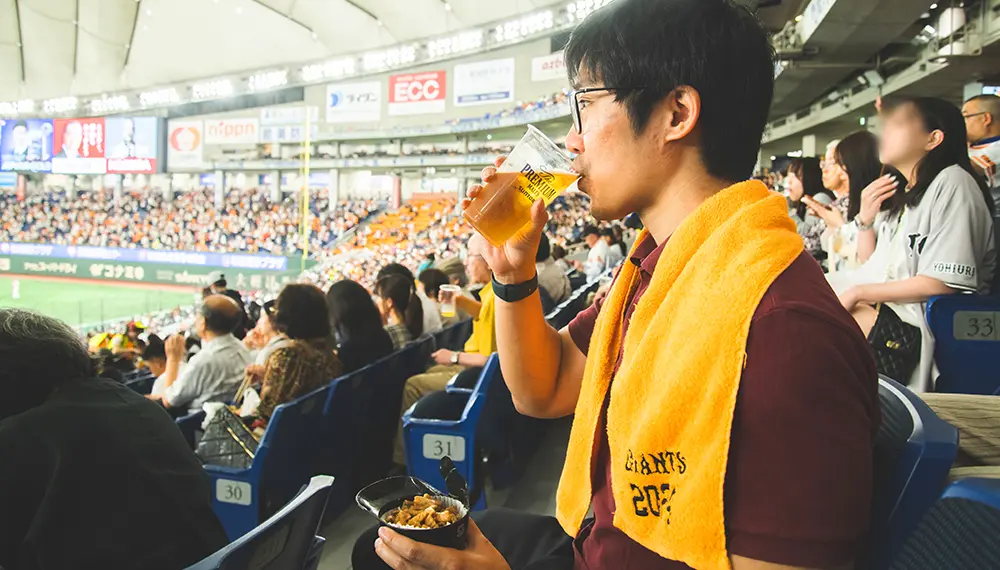
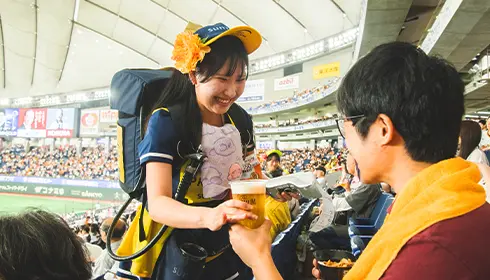
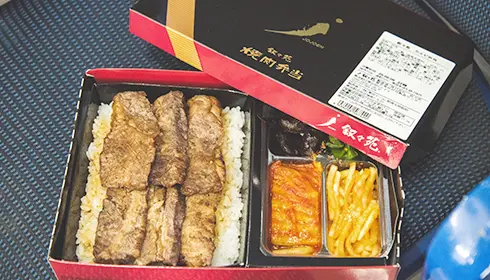
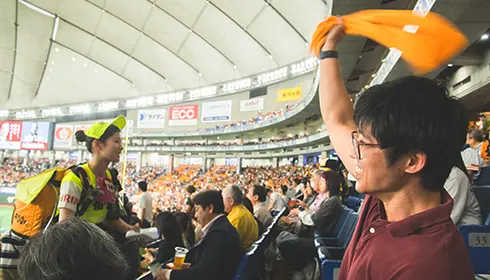

©The Baseball Hall of Fame and Museum
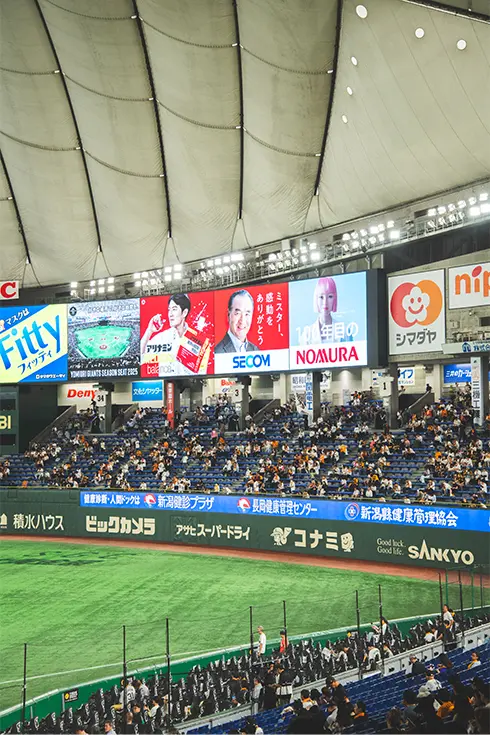
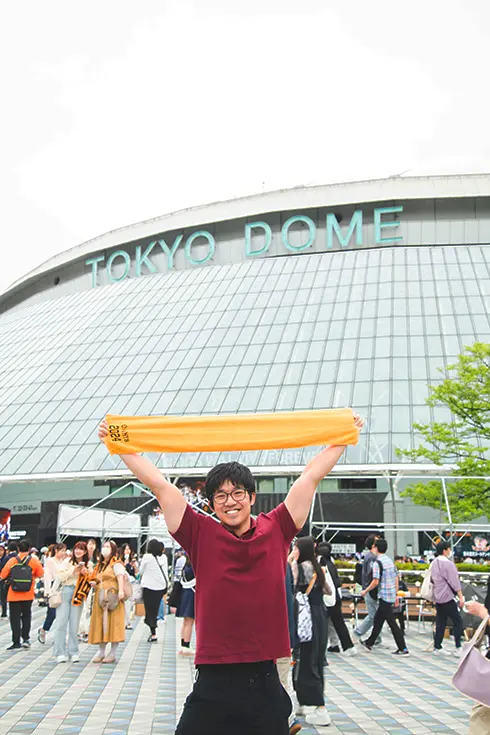
Enjoy the breeze at a night game in central Tokyo — Jingu Stadium
On a cool summer evening in Tokyo, few experiences capture the city’s atmosphere quite like a night game at Jingu Stadium. Built in 1926, it’s Tokyo’s oldest professional baseball stadium, a prominent stage for collegiate baseball as well, and one of the last professional venues where baseball legend Babe Ruth once played.
As with Tokyo Dome, you’ll want to call over an uriko for an ice-cold draft beer—a classic for a summer night game at Jingu Stadium. Don’t forget to check out the player-curated menu items too. Curry is a signature dish here, with several storied stalls inside offering unique variations. Keyaki, for example, opened in 1963 as the first food stall in the stadium and still sells its famous curry—a beloved staple for generations of players. Meanwhile, Stadium Curry is run by a former high school baseball player who once dreamed of playing at Jingu Stadium, the spiritual home of Japanese high school baseball. You’ll also find other Jingu Stadium fare, including Jin-Kara fried chicken and Jin-Lemo lemon sour cocktails.
At the start of the seventh inning and whenever the Tokyo Yakult Swallows home team scores, fans bob umbrellas to the traditional tune of Tokyo Ondo—a tradition devised by fans that started in the ‘80s. Also, every year from mid-July through August, 300 fireworks light up the night sky at the end of the bottom of the fifth inning of every game, treating visitors to a special summertime spectacle. Don’t miss the collegiate baseball championships held in June and November either, where you can catch tomorrow’s professional stars in action as they vie for the title of Japan’s best.
Tickets are available on the Swallows Ticket website or at the ticket offices next to Gate 9 (opens at 11:00) and Gate 7 (opens at 16:00). Check the official website to purchase tickets online. With five train stations nearby, it’s easily accessible—just plan to arrive roughly an hour early to beat the crowds.
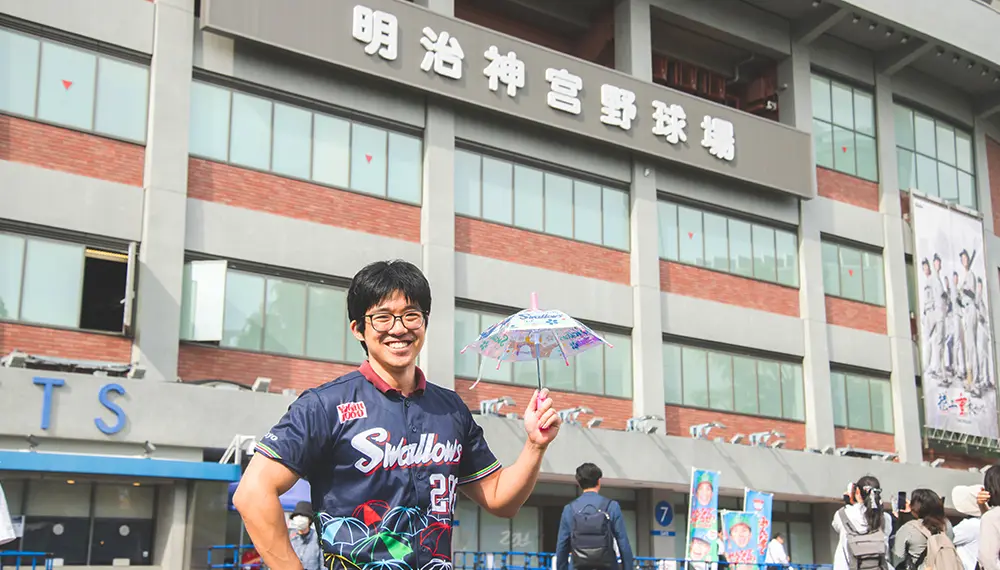
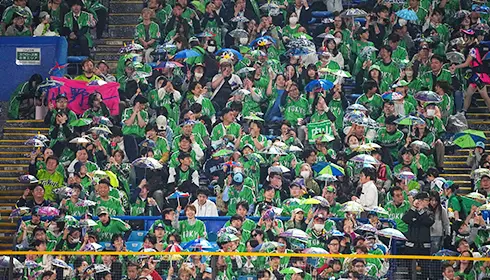
©Tokyo Yakult Swallows
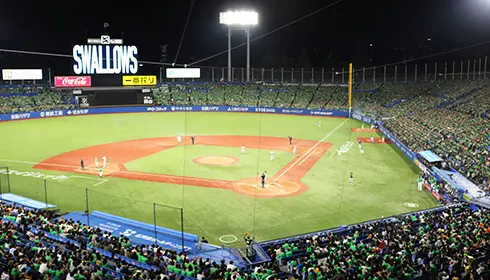
©Tokyo Yakult Swallows
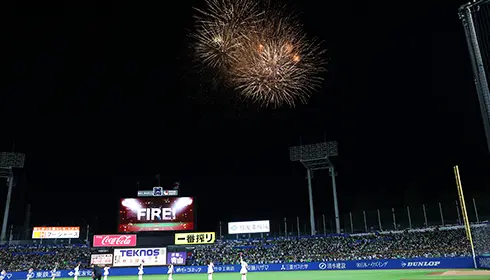
©Tokyo Yakult Swallows
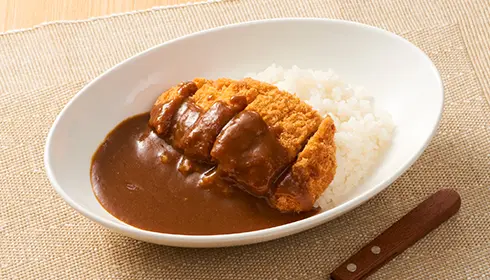
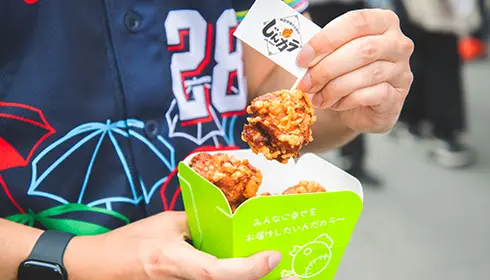
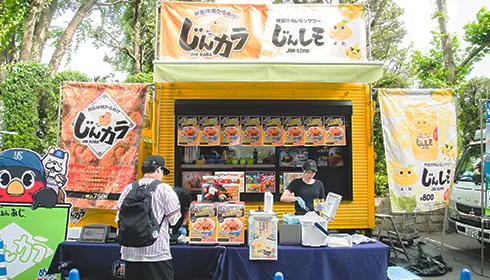
Swing for the fences at a historic batting center — Shinjuku Batting Center
Located in the entertainment district of Kabukicho, Shinjuku Batting Center opened in 1978—amid Japan’s economic boom and the rise of professional baseball as a national sport—to make Shinjuku a more fun place to be. Its retro, single-story building has remained largely unchanged since then, and you’ll even find vintage arcade games in the back. Now a local landmark popular with tourists and Tokyoites alike, it draws a diverse crowd, from children and office workers to couples and seniors, demonstrating just how deeply baseball is ingrained into Japanese people’s lives.
There are 11 batting cages with pitching speeds ranging from 70 to 130 kilometers per hour and options for left- and right-handed batter’s boxes. If you want to practice pitching, there’s even a dedicated pitching cage. No reservations are needed—just enter an open booth and insert 400 yen into the machine. Once you select a speed, the LED pitcher will light up and start pitching. You can adjust the height as needed, and bats of various sizes for children and adults are provided inside each cage. Hit the ball into a numbered target and a siren will go off, telling everyone that you’ve just hit a home run.
The owner also has advice for beginners: “Be patient and let the ball come to you. That’s when you swing.”
The batting center is open from 10:00 to 4:00 the next day, making it great for unwinding after a baseball game or a night on the town or for some exercise while traveling. Helmets and sneakers can be rented for free at the counter, and work gloves and professional baseball gloves are available for purchase to give you extra grip. Roughly 30% of the clientele are foreign tourists, so you’ll also find signage in English and other languages like French, German, and Spanish.
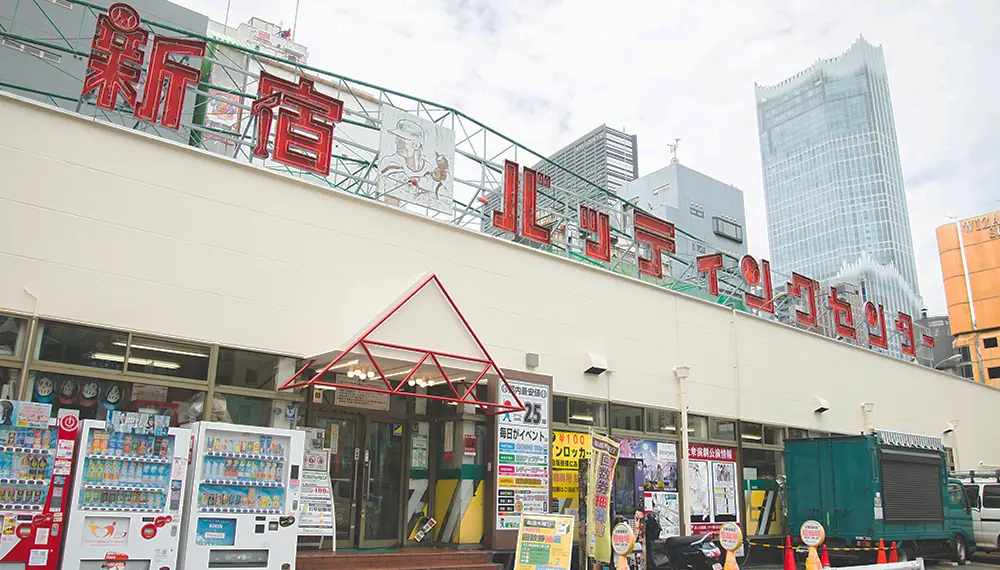
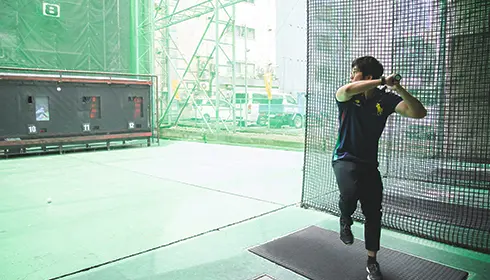
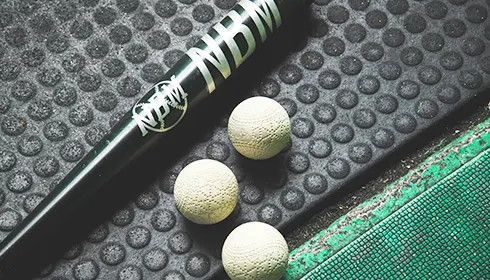
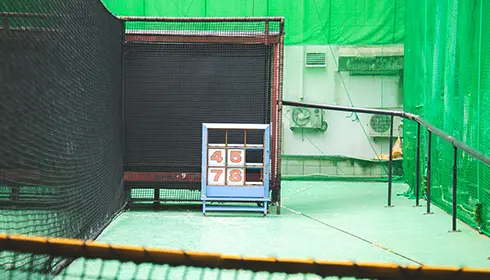
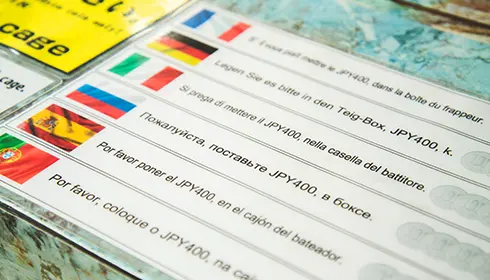
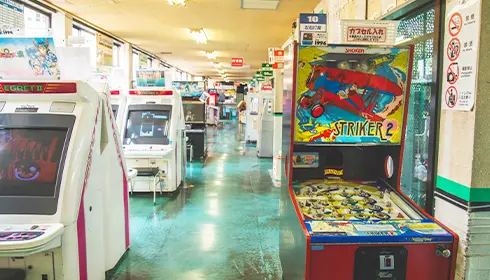
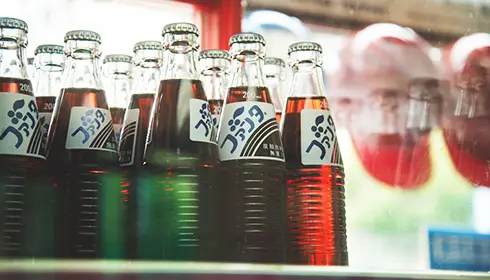
Tokyo Dome
| Address | 1-3-61 Koraku, Bunkyo City, Tokyo |
|---|---|
| URL | Tokyo Dome |
Jingu Stadium
| Address | 3-1 Kasumigaokamachi, Shinjuku City, Tokyo |
|---|---|
| URL | Jingu Stadium |
Shinjuku Batting Center
| Address | 2-21-13 Kabukicho, Shinjuku City, Tokyo |
|---|---|
| URL | Shinjuku Batting Center (JPN) |
For updated information on opening hours, days closed, prices, and more, please check the official website.
